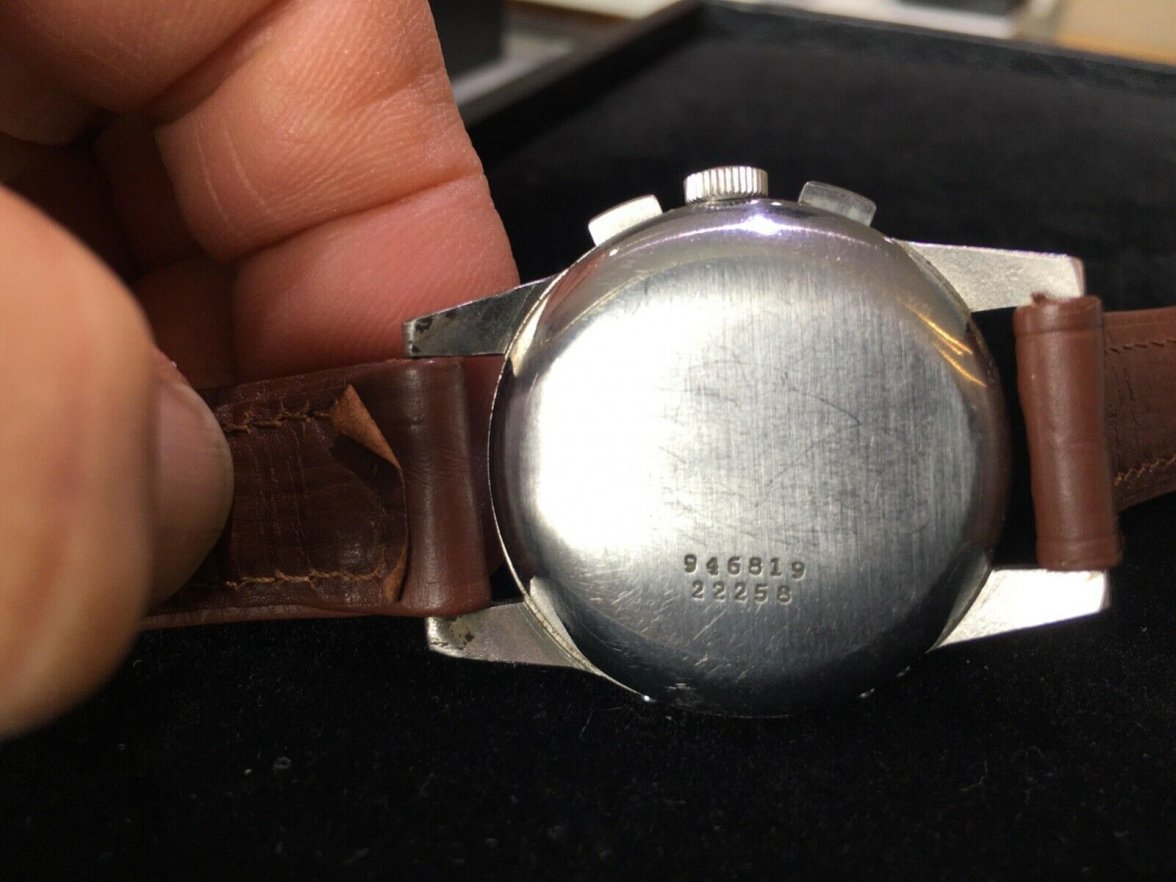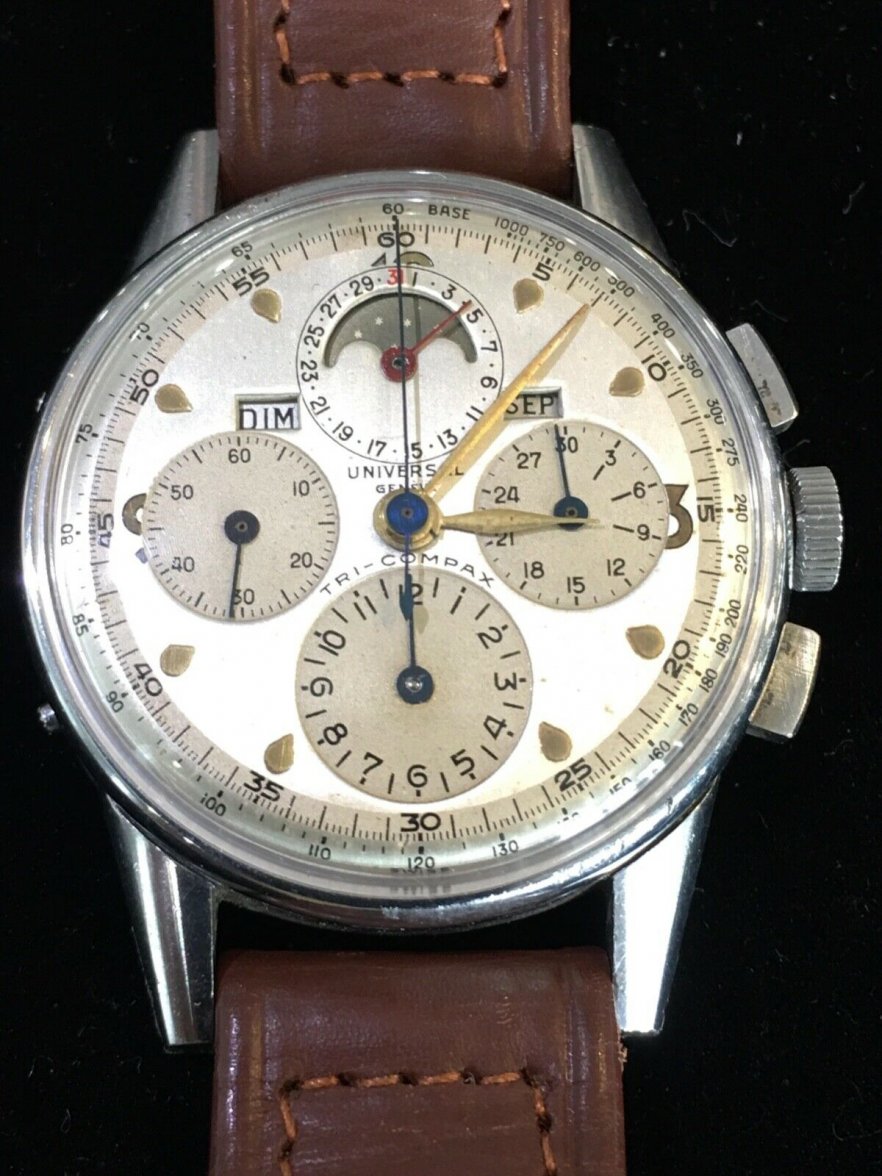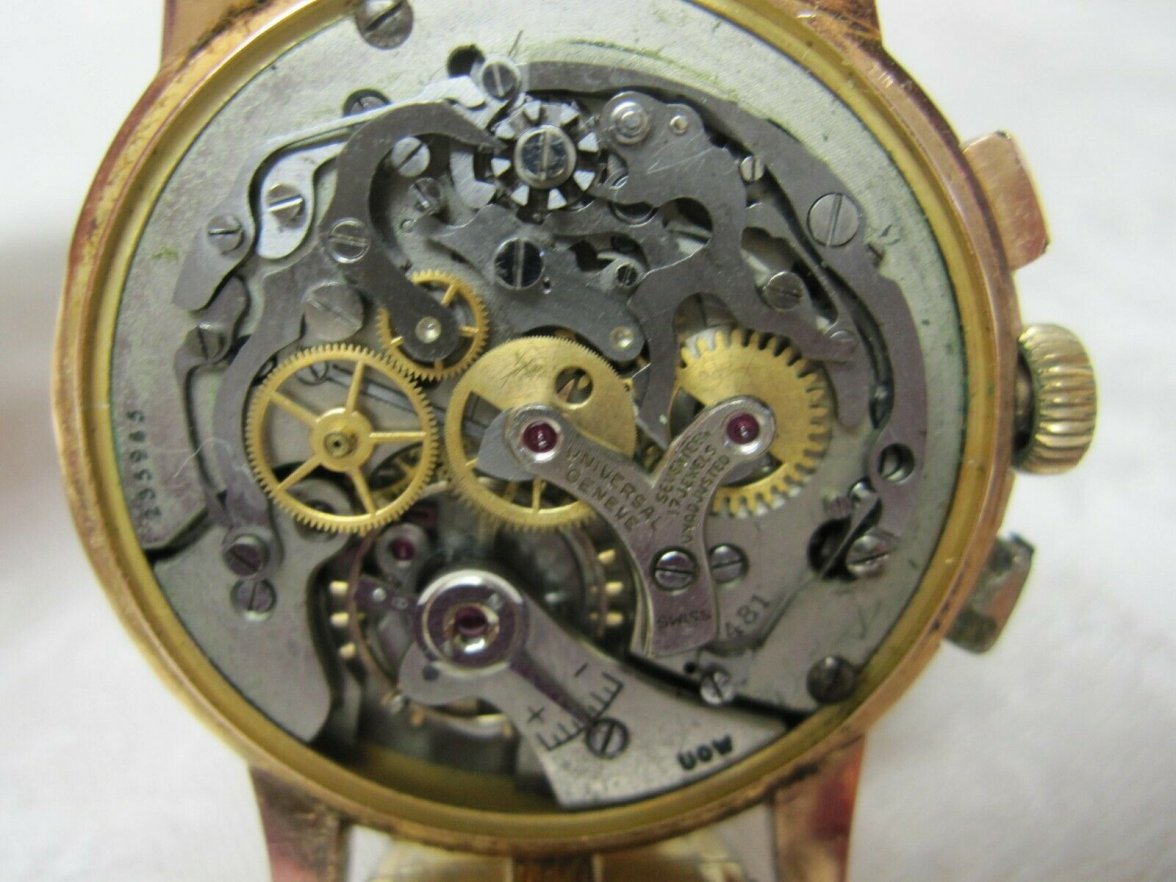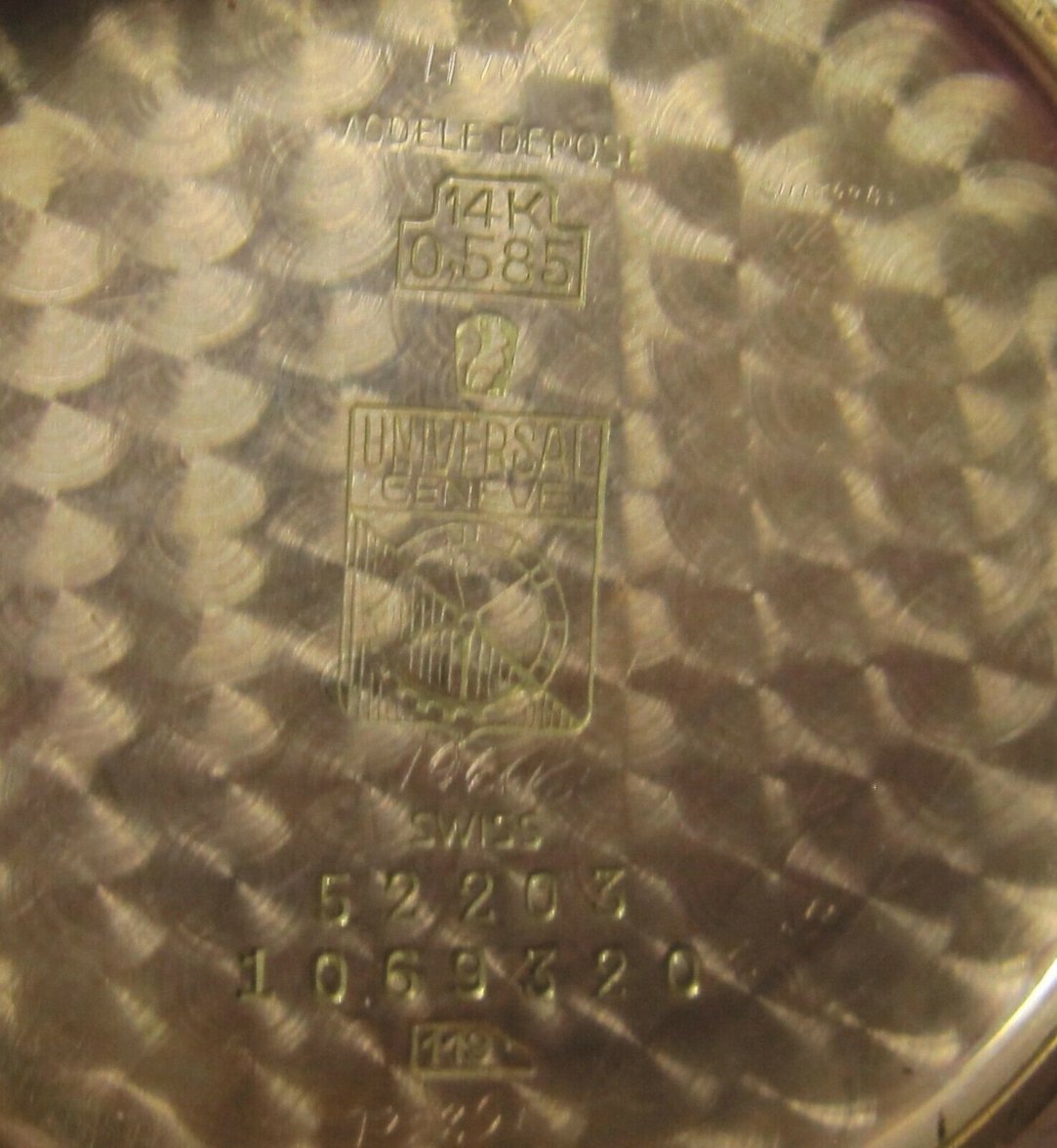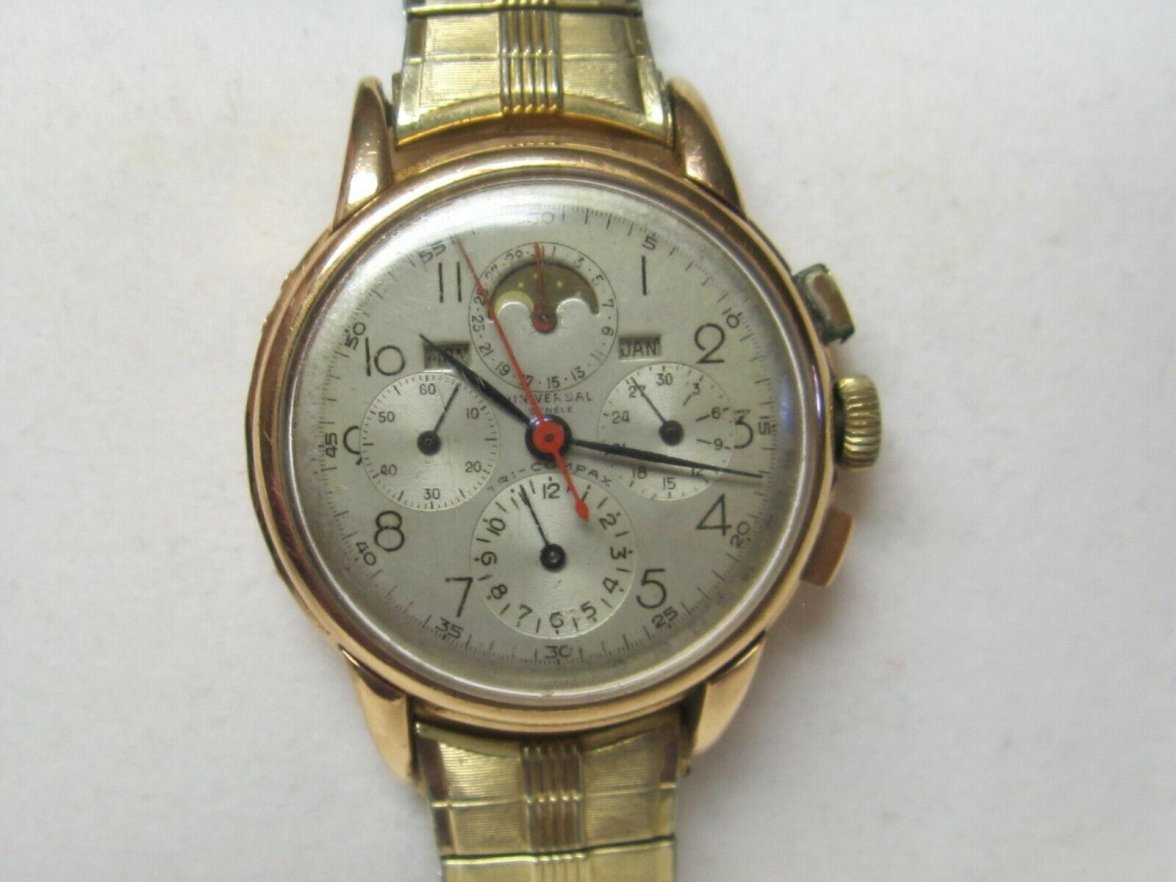Mark020
··not the sharpest pencil in the ΩF drawerhttps://www.liveauctioneers.com/item/31983903_universal-tri-compax-full-calendar-ref-22258-around 😁
I have 6 examples of reference 22258 and 59 between 946.791 and 997 in my database so I assume a batch of somewhere between 250 and 500 pieces.
I have 6 examples of reference 22258 and 59 between 946.791 and 997 in my database so I assume a batch of somewhere between 250 and 500 pieces.
Edited:
